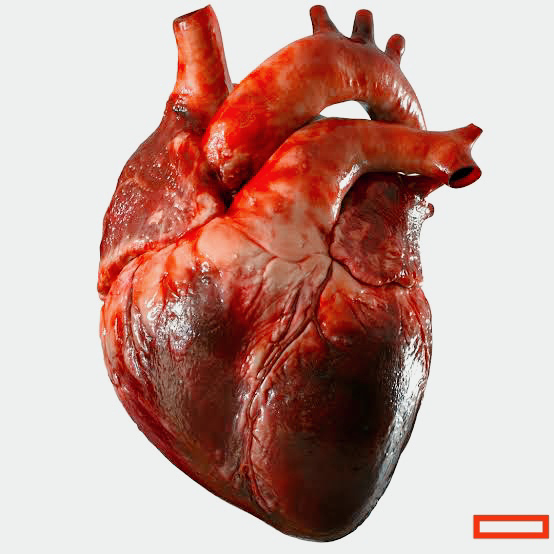Iodine
Iodine
History
its name's etymology From the Greek word "iodes," which signifies violet, comes its name.
Background
In 1811, a French scientist named Barnard Courtois made the discovery of iodine while removing potassium and sodium from seaweed ash. He mistakenly added sulfuric acid, which caused the mass to emit a violet-colored cloud. The resultant vapour was condensed into opaque crystals, which was the first instance of solid iodine to be seen.
Basic Information
Name
Iodine\sSymbol I
Atomic number 53.
Nuclear mass 126.9 amu
at 298 K, standard state solid
Group name for Group 17 in the Periodic Table
Halogen.
Block in the p-block of the fifth periodic table period.
Violet-dark grey with a glossy finish
Classification
Non-metallic
386.85 K (113.7°C or 236.7°F) is the melting point.
457.55 K (184.4°C or 364°F) is the boiling point.
4.9 g/cm3 for density
Solid at room temperature.
Occurrence
Iodine can be found in significant amounts in sea water, sea kelp, brine, and brackish water, despite the fact that it only makes up around 0.3 to 0.5 ppm of the Earth's crust. Iodine can also be found in trace amounts in silver ores found in Mexico, sodium iodate deposits, and sodium periodate deposits found in Chile and Bolivia.
Iodine has 34 isotopes with mass numbers ranging from 108 to 141 with known half-lives. The sole stable isotope is 127I. The isotope 129I has the longest half-life, measuring 15.7 million years.
manufacture
There are several methods for producing iodine, which are described below.
To get rid of sodium chloride, potassium chloride, and potassium sulphate, seaweed is first rinsed with water. Iodine is then released from the residue by heating it with strong sulfuric acid and manganese dioxide.
Additionally, manganese dioxide and diluted sulfuric acid can be heated with sodium iodide or potassium iodide to produce iodine.
Furthermore, after removing potassium nitrate from saltpetre, iodine can be produced from the leftover liquor.
Iodine's uses
Both radioactive and non-radioactive types of iodine are crucial to medicine. The body uses iodide and thyroxin, which contains iodine.
External wounds are cleaned with a solution of potassium iodide (KI) and iodine in alcohol. Iodine element is also employed as a disinfectant.
Photography makes use of silver iodide.
Sometimes table salt is iodized to help avoid thyroid illness.
Other applications for iodine include catalysts, animal feeds, printing inks, and dyes.
Negative effects
Iodine is mildly harmful in small doses and severely lethal in big doses. Iodine in its elemental form is an irritant that can lead to skin blisters. Iodine vapour severely irritates the eyes.
Fascinating Facts
Following the discovery in 1839 by Louis Daguerre, a French artist and photographer, of a method to use I on a metal sample to produce images, metalloid was commercially used for photography.
An average human body contains 20 milligrammes of iodine in the thyroid gland.
Iodine is required for normal growth and development.
Growth and development can be hampered by iodine deficiency disorders such as goitre and congenital hypothyroidism.
Thank you 😊
Best of luck.👍
Zeeshanfayazlone@





Comments
Post a Comment